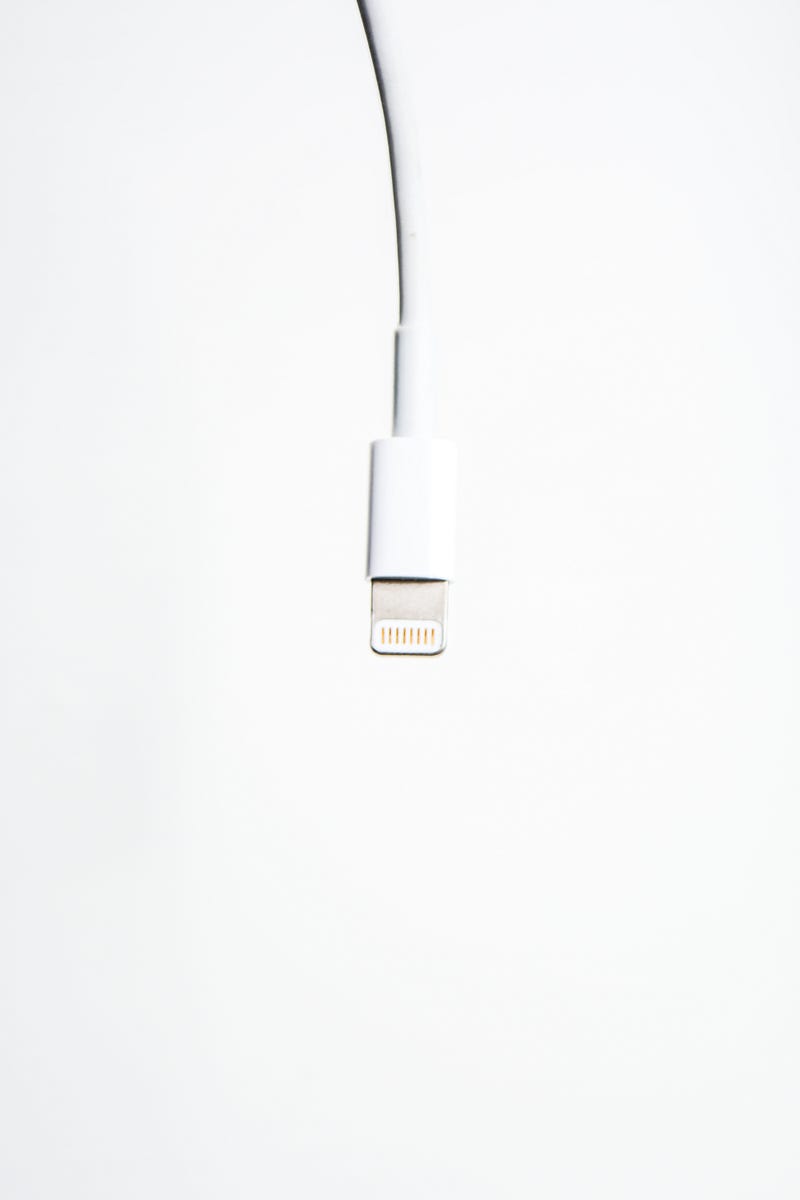The Case for USB-C: Why Apple Hesitates to Make the Change
Written on
Chapter 1: Understanding Apple's Reluctance
Should Apple eliminate ports entirely or transition to a USB-C port for the iPhone?

Photo by Adam Birkett on Unsplash
Apple's Lightning connector has been widely criticized. It’s slow, fragile, and arguably unnecessary. As an avid Apple supporter, I find myself torn over this issue.
Two years ago, Apple decided to exclude the power brick from iPhone packages as part of its environmental initiative, which was commendable and helped reduce carbon emissions. Yet, this decision also saved Apple approximately $6.5 billion.
If environmental concerns are genuinely at the forefront for Apple, then why has it not replaced the Lightning connector with USB-C since 2012? The answer is straightforward: doing so would likely cost Apple more than $6.5 billion.
It's easy to champion the planet when it aligns with profit margins. Genuine leadership requires making tough choices that might negatively impact the bottom line, yet having the courage to follow through nonetheless.
Section 1.1: The Financial Impact of Lightning Cables
Apple has sold over 2.2 billion iPhones and more than 360 million iPads before ceasing to disclose these figures. Many users purchase additional cables for various settings—work, home, and vehicles.
Considering that every second iPhone or iPad user buys an extra Lightning cable at $19, which probably costs Apple around $1 to manufacture, we can estimate that sales from these cables alone could amount to roughly $43.5 billion.
To visualize this: Climbing a staircase where each step holds $100,000 would take you approximately 9 hours a day for nearly 14 days to match Apple's Lightning cable revenue. Just imagine the stamina required for such a climb!
No wonder Apple is reluctant to enhance the durability of its cables.
Section 1.2: The Shift to USB-C
Apple has already acknowledged that USB-C is superior. When the M1 iPad Pro debuted in 2021, it featured a USB-C port and praised it as "the fastest, most versatile port ever on an iPad or any other device of its kind." By doing so, Apple indirectly criticized the Lightning connector used in iPhones.
If USB-C is more efficient and consumers already possess these cables, why not adopt it for the iPhone and reduce electronic waste? This is precisely what the EU has urged Apple to consider.
In response to concerns about the potential $43.5 billion loss, Apple argued that banning the Lightning port in Europe would "stifle innovation" and "harm consumers globally." However, this raises another important question: Is Apple more inclined to eliminate ports altogether rather than embrace USB-C?
Chapter 2: The Future of Charging
The first video titled "Why I DON'T want a USB-C iPhone 15.. (Apple's Version)" explores Apple's reasons for maintaining the Lightning connector, despite the benefits of USB-C.
The second video titled "USB C Not Working on iPhone 15 (FIXED)" provides solutions to common issues with USB-C connectivity on iPhones.
Apple has a reputation for wanting to maintain control over the quality of chargers used with its devices. If USB-C were adopted, it could lead to users employing subpar cables with their iPhones.
As the EU mandates that by fall 2024, all rechargeable devices must include a USB Type-C port, Apple faces mounting pressure. However, the term "wired cable" implies that Apple might pivot towards its wireless charging solutions, such as MagSafe, which are not yet as efficient as wired connections.
With Brazil initiating public consultations to enforce USB-C chargers for new devices and Elizabeth Warren advocating for similar measures in the US, the question remains: how far is Apple willing to go to retain control in the charging market?
Ultimately, the pressing question remains: Should Apple opt for a portless design or integrate a USB-C port into the iPhone?